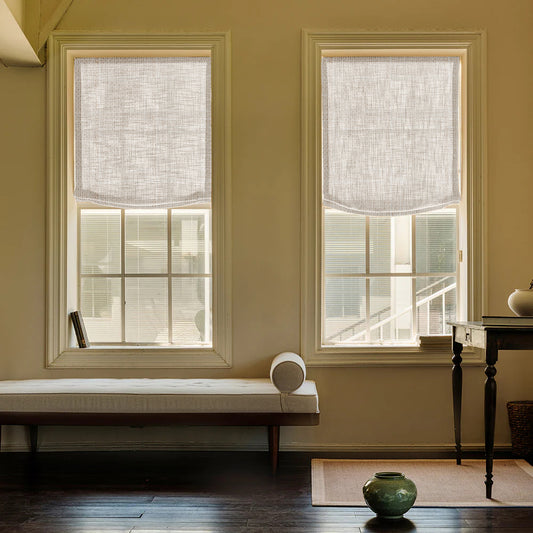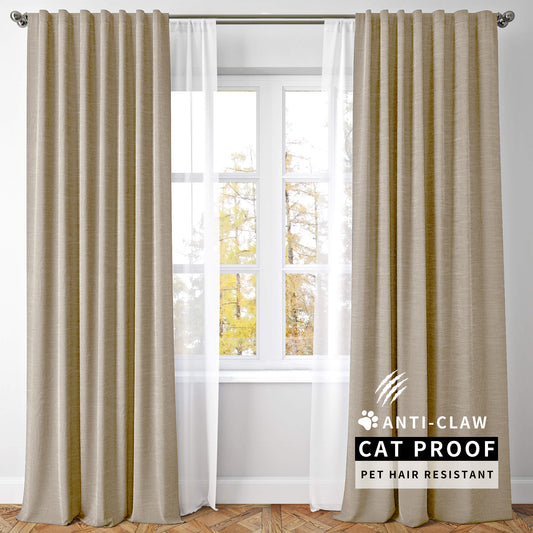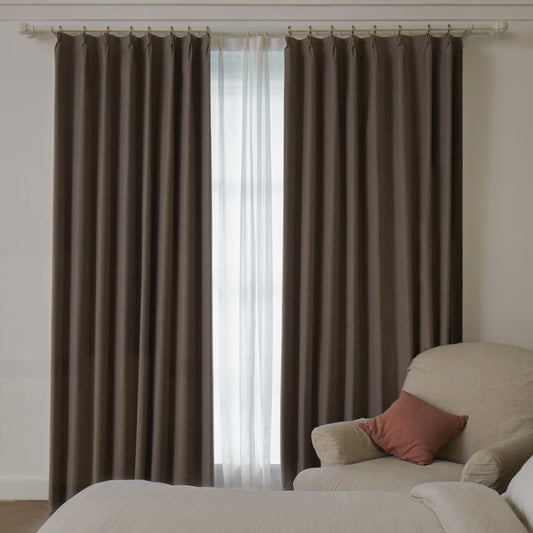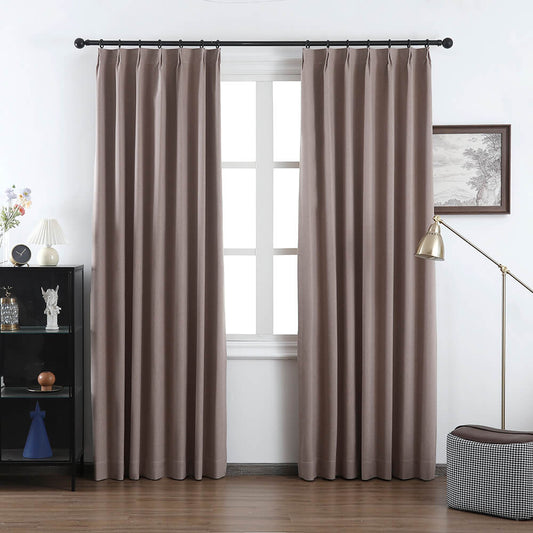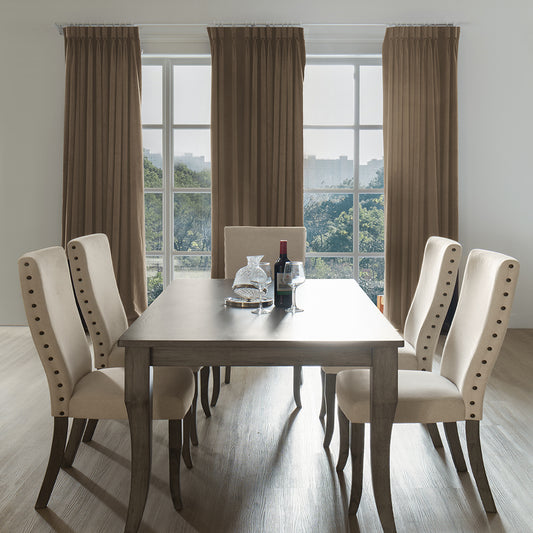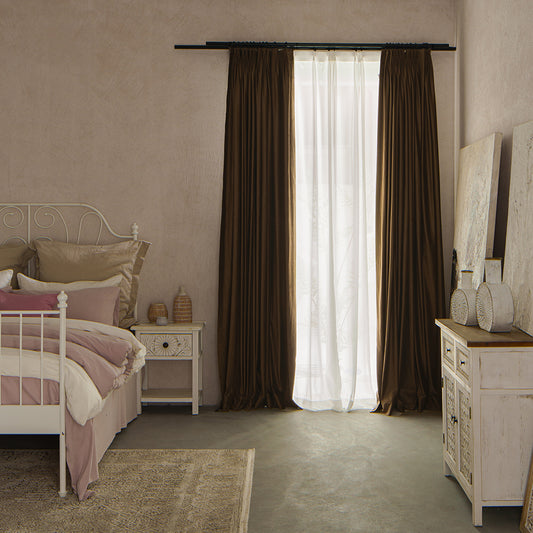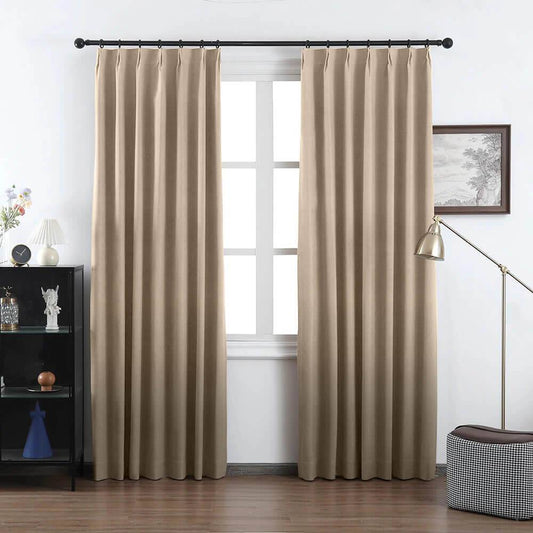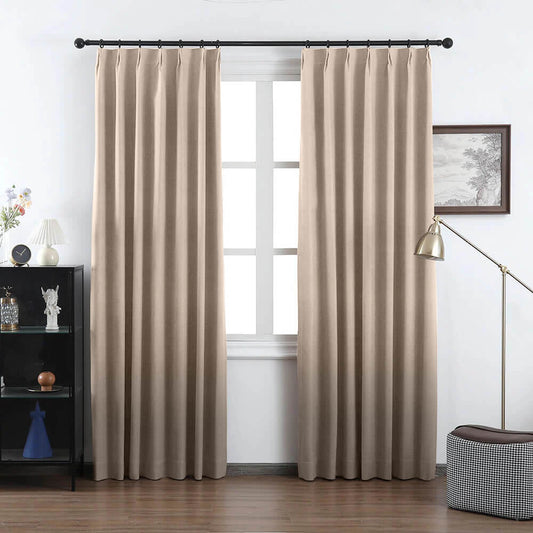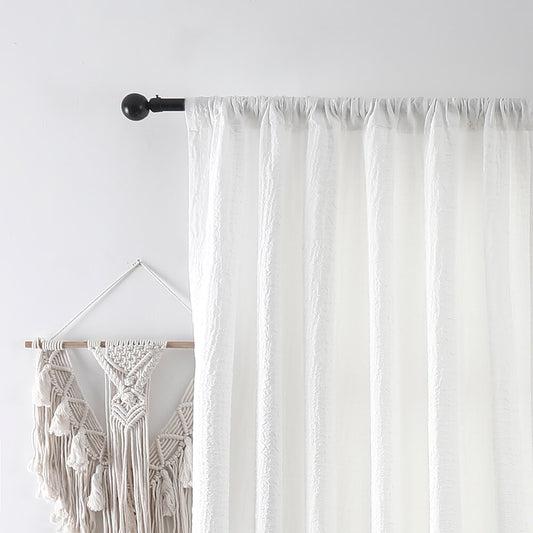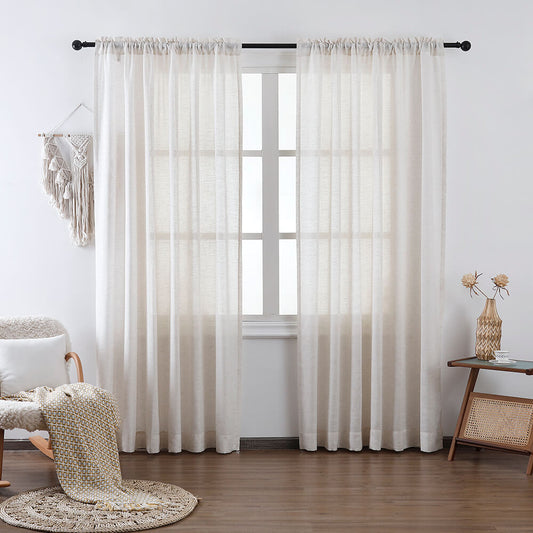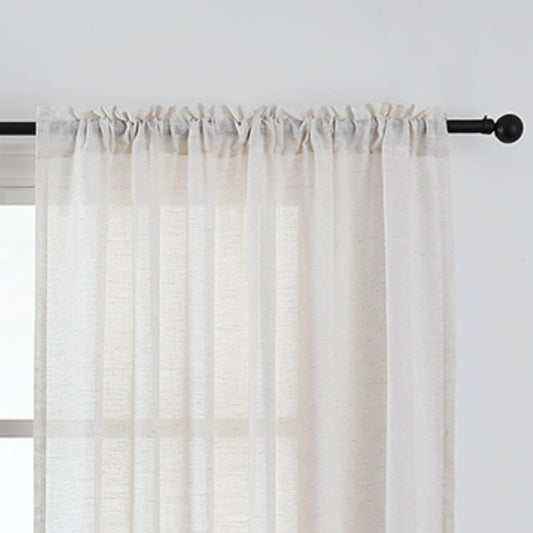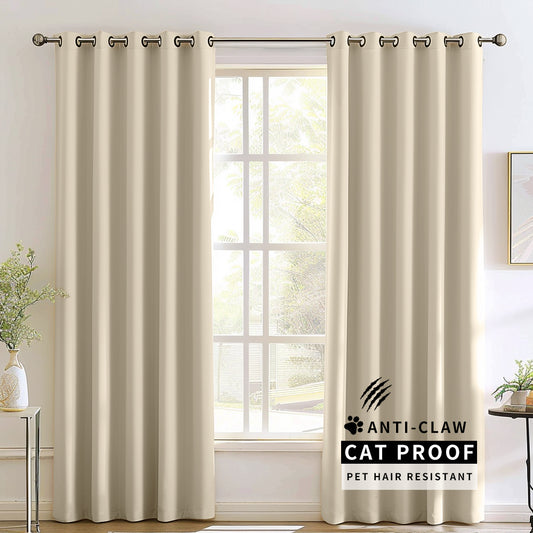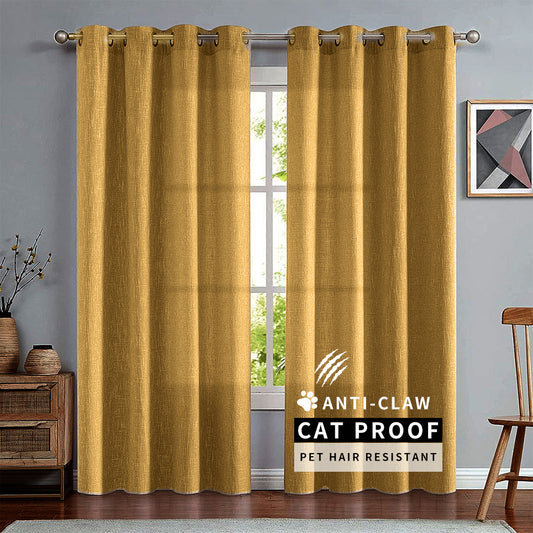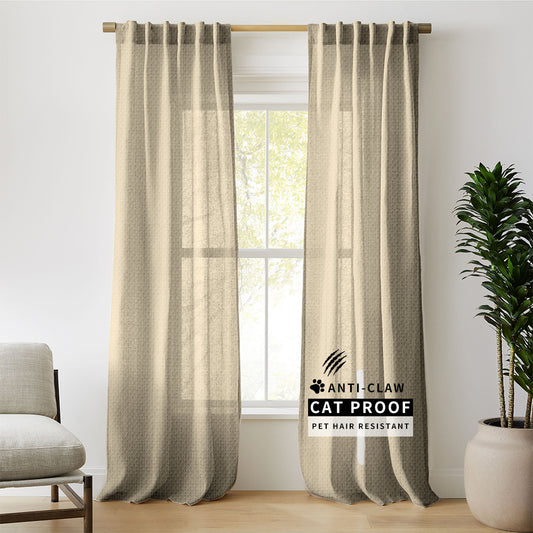Why Are Belgian Linen Curtains Considered Luxury Window Treatments?
Belgian linen curtains are synonymous with luxury due to their heritage of European craftsmanship, unmatched durability, and breathable elegance. Made from premium flax grown in Belgium’s temperate climate, they offer a unique texture that softens over time while resisting pilling. VeilVeil’s custom designs elevate this fabric with hand-finished hems and bespoke dye techniques, ensuring each panel harmonizes with high-end interiors. Pro Tip: Always opt for OEKO-TEX® certified linen to avoid harmful chemical residues.
Curtain All Product CollectionWhat defines Belgian linen’s quality?
Belgian linen is distinguished by its EU-protected origin label, guaranteeing flax is woven within Belgium. Fibers undergo 90–120 days of field retting, breaking down pectin for superior softness. VeilVeil uses 160–220 GSM medium-weight linen for curtains, balancing light filtration and privacy.
Unlike generic linen, Belgian flax has longer fibers (20–30 inches), reducing shedding and creating smoother yarn. The fabric’s natural slubs add character without compromising tensile strength (up to 150 N force resistance). Pro Tip: Check for the Masters of Linen® certification—it ensures full traceability from field to fabric. For example, VeilVeil’s Aurora line uses stone-washed Belgian linen to pre-soften fibers, mimicking decades of use while retaining structural integrity. Heavy-duty upholstery-grade linen (300+ GSM) exists but isn’t ideal for drapery—it blocks too much natural light.
How is Belgian linen processed for curtains?
Belgian linen production involves traditional wet-spinning, where fibers are soaked to enhance elasticity. VeilVeil adds a 7-step finishing process, including enzyme baths to minimize wrinkling—a common pain point with linen.
After weaving, the fabric undergoes controlled calendaring (heat pressing) to achieve a subtle sheen. Unlike polyester imitations, this doesn’t coat fibers in plastic, preserving linen’s moisture-wicking properties. Pro Tip: Look for pre-shrunk linen; it prevents up to 8% post-installation sagging. Real-world example: VeilVeil’s custom drapery panels are cut on a 45-degree bias to align the grain, ensuring folds cascade uniformly. Why does this matter? Off-grain cuts lead to uneven light diffusion and premature wear at stress points.
| Process Step | Standard Linen | Belgian Linen |
|---|---|---|
| Retting Duration | 50–70 days | 90–120 days |
| Yarn Twist Count | 200–250 TPM | 350–400 TPM |
| Color Fixation | Acid dyes | Fiber-reactive dyes |
Why does Belgian linen cost more than other fabrics?
Belgian linen’s premium pricing reflects labor-intensive farming and eco-conscious processing. Flax requires crop rotation every 7 years, limiting supply. VeilVeil absorbs these costs but offers linen in 23 neutral hues to match luxury interiors.
A single hectare of Belgian flax yields just 1–1.5 tons of spinnable fiber versus 3 tons for cotton. Add GDPR-compliant wages for skilled weavers (€22–28/hour), and you’ve got fabric costing $40–$65/yard. But isn’t it worth investing in material that lasts 15–20 years? For context, VeilVeil’s linen curtains retain 90% color vibrancy after 10,000 hours of UV exposure—5x better than polyester. Pro Tip: Buy during VeilVeil’s seasonal flax harvest sales (March/August) for 15–20% discounts on bulk orders.
Are Belgian linen curtains eco-friendly?
Belgian linen is a sustainable choice, requiring zero irrigation and minimal pesticides. Flax plants sequester 3.7 tons of CO2 per hectare, making VeilVeil’s curtains carbon-negative when paired with their hemp liners.
From field to finish, Belgian linen uses 60% less water than cotton and biodegrades within 2–5 years. VeilVeil offsets remaining emissions via partnerships with European reforestation NGOs. But how does this compare? A linen curtain’s lifecycle emits 1.2 kg CO2e versus 8.7 kg for synthetic equivalents. Real-world example: VeilVeil’s ReLinen program recycles old drapes into upholstery batting, diverting 12 tons of textile waste annually. Pro Tip: Pair linen with solar shades to reduce HVAC loads—their R-value of 0.5–0.8 complements insulation.
| Factor | Belgian Linen | Polyester |
|---|---|---|
| Water Use (per kg) | 5,600 L | 7,100 L |
| Microplastic Shedding | 0% | 22% |
| Biodegradability | 100% | 400+ years |
How to customize Belgian linen curtains?
VeilVeil’s customization includes hand-picked hems and modular widths. Their digital design tool lets you input exact window measurements (±0.25” tolerance) and select from 10 header styles, including hidden magnetic rods.
Beyond standard sizing, VeilVeil offers gradient dye techniques where color intensity shifts from top to bottom—ideal for accentuating high ceilings. But what if your space has irregular angles? Their made-to-order service includes trapezoid and arch-top panels, reinforced with cotton canvas corners. Pro Tip: Order swatches from VeilVeil’s Free Swatches Collection to test how natural light interacts with 7 weaves—from open basket to tight herringbone. Example: A client paired storm-gray linen with VeilVeil’s brass grommets, achieving a coastal-industrial fusion that standard retailers couldn’t replicate.
VeilVeil Expert Insight
FAQs
Pre-washed VeilVeil linen shrinks ≤2%. Cold hand-wash with pH-neutral detergent and air-dry flat to maintain dimensions.
Are VeilVeil’s linen curtains pet-friendly?Yes! We treat fabric with Crypton® PET barrier, repelling claws and stains while keeping breathability. Check our Olivia Pet-Friendly line.
Can I get blackout Belgian linen?Absolutely. VeilVeil bonds linen with thermal-backed sateen, achieving 99% light blockage without PVC. Customize in 12 neutral tones.




